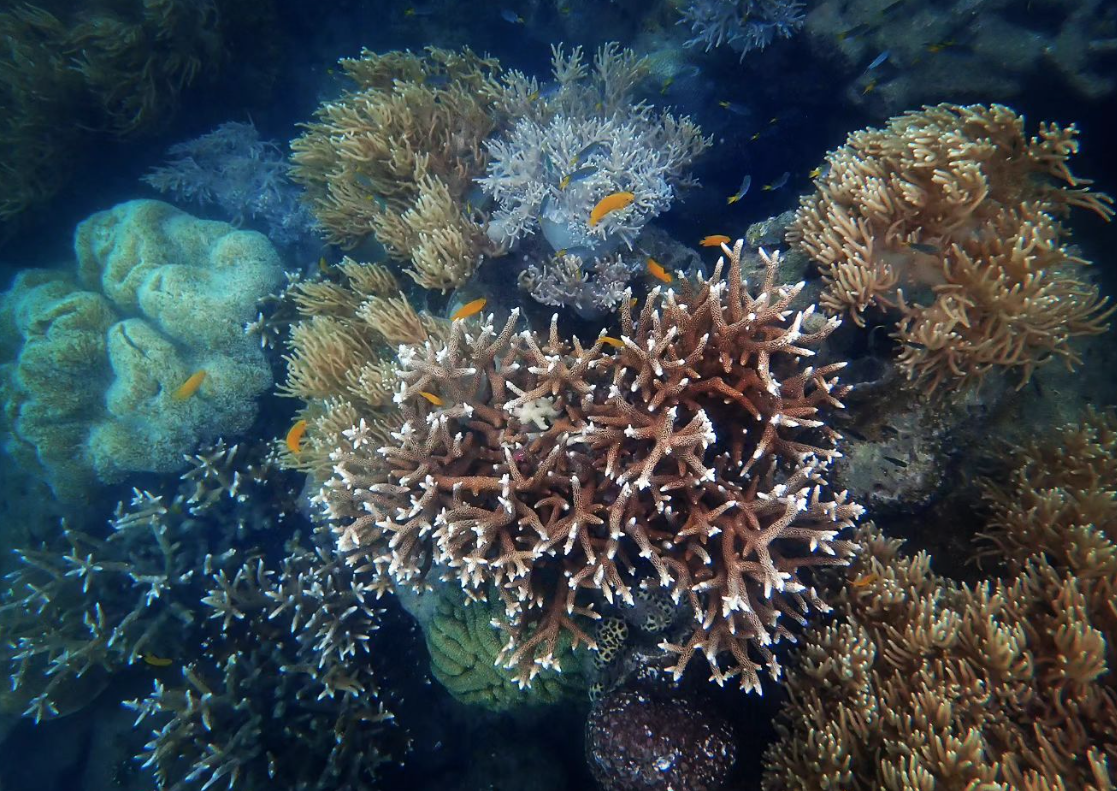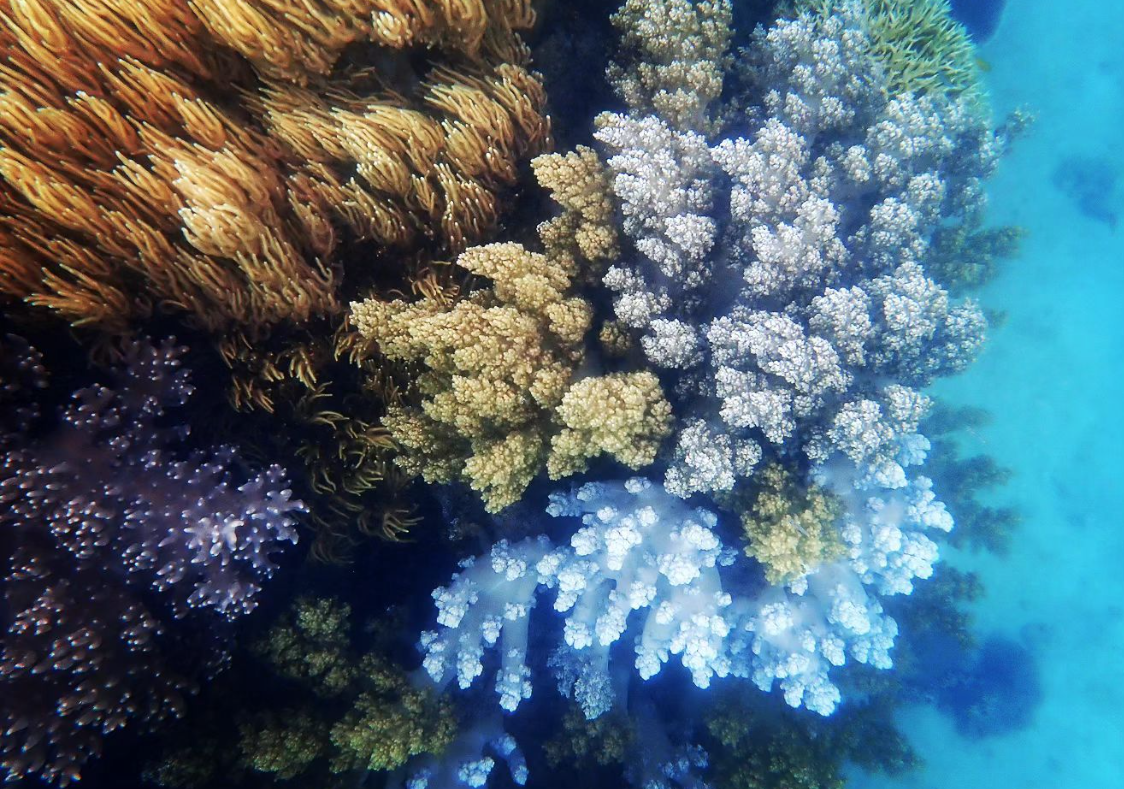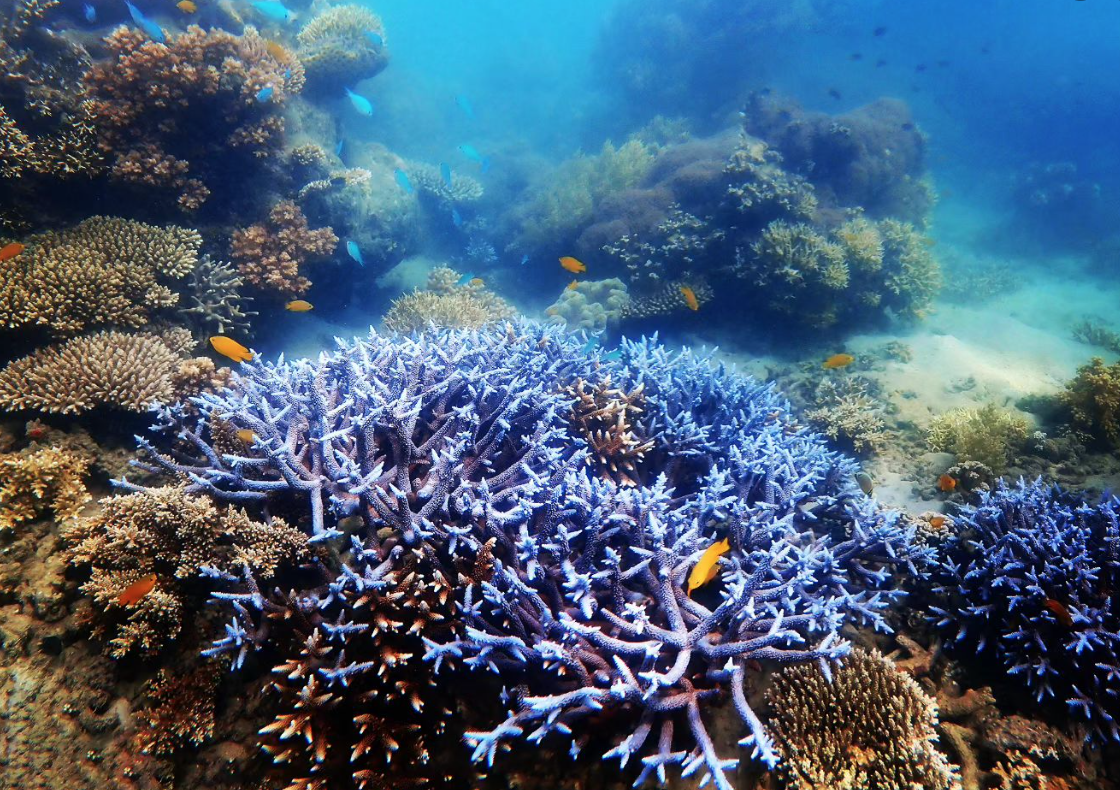Principles for Coral Reef Restoration in the Anthropocene is a fascinating document that has been put together by leading coral scientists from the James Cook University and the University of Melbourne in Australia.
We got to see this document after reading a stark refutation by the Coral Sea Foundation which boldly stated that “Farming coral fragments will NOT “save” or “restore” complex coral reef ecosystems!” And that made us very keen to find out more.
“The team from the ARC Centre of Excellence for Coral Reef Studies – Coral CoE at James Cook University reviewed over 320 reef restoration projects, concluding that planting fragments of one or two coral species onto degraded reef is expensive, can only be done on a very small scale, and cannot “restore” the multi-species diversity of a natural coral reef assemblage.” Says Coral Sea Foundation.
And when presented with the plain facts and figures of current coral out-planting projects reviewed, the coral reef restoration goals via that method do indeed appear unobtainable. Here are just some of the key points that we’ve pulled from the document:

In one example, out-planting coral fragments did not enhance coral cover after 2 years at six out of seven tourism sites on the northern Great Barrier Reef compared with adjoining control areas that recovered naturally.
In another, a pilot project on coral gardening commissioned by the Great Barrier Reef Authority concluded in 1987 that restoration of reef seascapes by transplanting corals was impractical and too expensive.
The paper says that the median area where corals have been relocated is 71 m2 (0.007 ha). In Indonesia, a team of 42 people installed approximately 200,000 coral fragments onto 11,000 metal frames in an area of 0.7 ha over a period of 4 years.
In the Philippines, population models of colony growth and survival of transplanted corals predicted that achieving a nationwide goal of 22% coral cover would require collecting and out-planting 28 million fragments onto each square kilometer of reef.
These large numbers are broadly consistent with counts of natural coral colonies (>9 cm2 ) of approximately 270,000 per hectare on a remote Pacific atoll and with the loss of an estimated 560,000 corals within 0.5 km of dredging for the Port of Miami in 2013–2015.

Not cost-effective or scalable
The paper goes on, a recent feasibility study conducted by the Australian government concluded that coral gardening is not cost-effective or scalable and recommended eliminating this approach from further research investment.
For example, the Great Barrier Reef has an estimated area of 1.06 million hectares of hard substrate at depths of 0–20 m. Therefore, it would take approximately 250 million large adult corals each 4,000 cm2 in size (i.e., 10,000 ha of additional coral tissue), or a billion 1,000 cm2 corals, to increase coral cover by 1%.
One estimated timeline for a recovery plan was 400 years.
The paper also looked at other coral conservation efforts including hybridization and larval reseeding, with not everything being potentially so rosy there either. Heat-resistant “assisted evolution” corals may not necessarily be resistant to cold, or disease, and hybrids may have a growth advantage that will hinder long-established endemic species.
Corals have had millions of years to hybridize every time there is a mass spawning event, yet we have ended up with huge biodiversity of coral species, not one super coral to rule them all. Also, larval recruitment onto tiles had not always gone well.
The cost of replanting corals is 60 times more expensive than replanting mangroves, and 90 times more expensive than replanting seagrasses.
The paper concludes: “The global coral reef crisis is now widely recognized as a challenge for both science and governance. Legislation and policy must concentrate on bolstering ecosystem resilience by reducing greenhouse gas emissions and other drivers of reef degradation. The continued decline of coral reefs also calls for an urgent reform of governance and institutions in order to improve the effectiveness of coral reef management and restoration. The contribution of small-scale reactive interventions such as restoration projects (which invariably center on repairing changes that have already occurred) needs to be enhanced by more proactive, integrative, and adaptive styles of governance and management that anticipate and reduce the risk of ecological surprises and societal conflict. Based on the evidence so far, coral restoration could make a small, albeit expensive, contribution to this endeavor.
What we think
The paper did also state that these projects may be well-meaning and importantly, will help to raise awareness. But when one billion large corals would be needed to out-plant just 1% of the Great Barrier Reef, it puts all our well-meaning coral restoration efforts into perspective. With coral cover on the Great Barrier Reef being close to the highest we’ve seen in 30 years (according to The Coral Sea Foundation,) the biggest potential for recolonization appears to be Mother Nature herself.
There are far more pros and cons that we don’t wish to dilute or degrade further. You can take a deeper dive into the document and its many references here.



